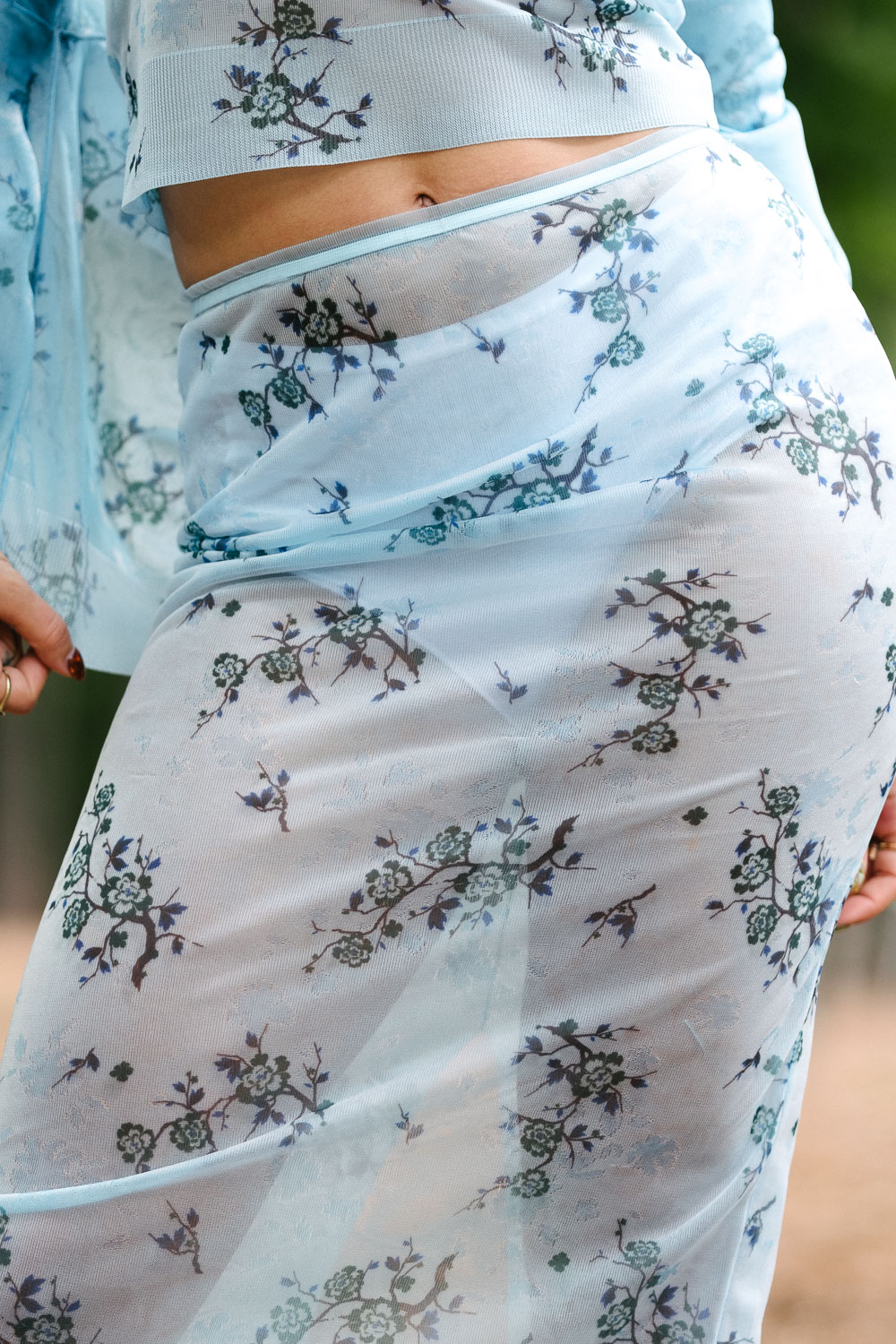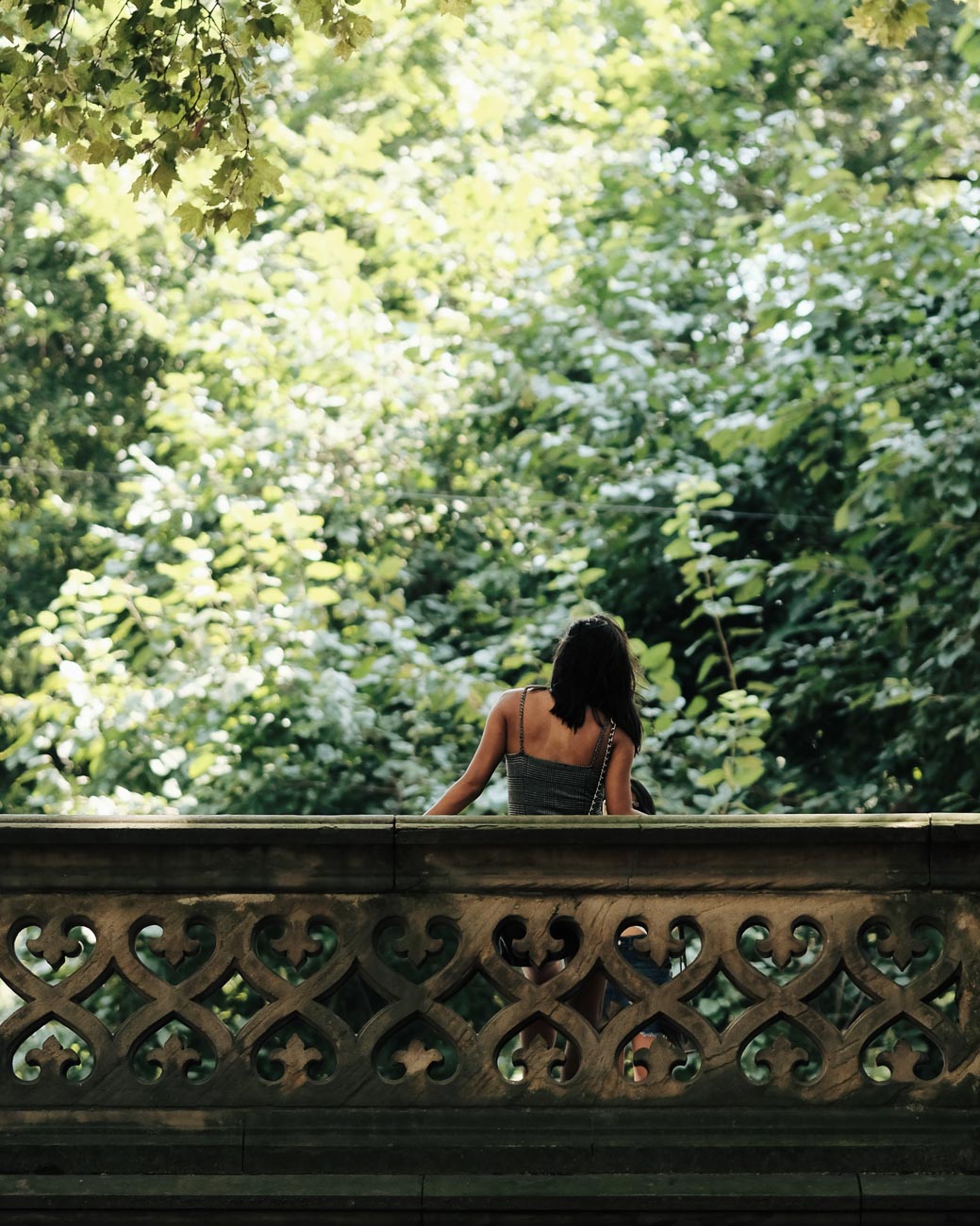Fujinon XF 90mm F2 Lens Review: Beyond the Portrait Lens
This telephoto lens transforms your Fuji body into a top-tier system for portraits and much, much more.
In terms of price, sharpness, bokeh rendering, and overall image quality, there might be no better telephoto option – native or otherwise – than the hefty chunk of metal and glass known as the Fujinon XF 90mm F2.
See for yourself.
Tech Specs
Focal length: 90 mm (137mm equivalent)
Weather Sealing: Yes
Image stabilization: No
Aperture: F2–F16
Minimum focus: 0.60 m (23.62″)
Autofocus: Yes
Weight: 540 g (1.19 lb)
Diameter: 75 mm (2.95″)
Length: 105 mm (4.13″)
Filter thread: 62 mm
The notable callouts from this list are the weather sealing – a hugely important feature on a lens designed for outdoor shooting – and a focal length/aperture ratio of F2 at 137mm.
Shooting with the Fujinon XF 90mm F2: Usability, Autofocus Speed and Accuracy, and More
One of Fujifilm's biggest selling point is their lightweight form factor and portability. But once you've become invested in the Fuji ecosystem, whether due to the unique image output, body handling, or lens lineup, it just makes sense to pick up a telephoto lens that trades small size for versatility.
The Fuji XF 90mm F2 isn't significantly larger than (competitors), but it does take your Fuji body from 'throw it in a coat pocket' to 'keep it in a camera bag'. While not an insignificant length or width, the above combo is still far smaller than a full frame DSLR with a 135mm f/2.
One last form factor point of note: when the lens isn't attached to a turned-on camera body, you'll feel a slight rattle inside the lens. Don't be alarmed – this is by design, and it goes away when the magnetic force of the camera body power holds the rattling elements together.
Madison in Manhattan. Fuji X-Pro 2, Fujinon XF 90mm F2
Now on to the good stuff.
This lens autofocus speed and accuracy is unreal – one of the fastest in Fuji's entire lineup, which is especially crazy considering how razor-thin the depth of field is wide open. Fuji blessed the 90mm with their quad-linear autofocus motor technology – compare that to the triple-linear autofocus motor technology in the Fujinon 50-140mm f/2.8 and the difference in performance is immediate and obvious.
When it comes to fast moving lifestyle, portrait, or event photography that this lens is wonderfully suited for, that autofocus speed and accuracy comes in clutch.
Rita in her hotel. Fuji X-Pro 2, Fujinon XF 90mm F2
Color Rendition and Sharpness of the Fujinon XF 90mm F2 Lens
Contrasty. Cinematic. Tack-sharp.
I could go on at length here – the color rendition and sharpness of this lens are the precise reason you'd want to buy it. It's so, so good. In terms of character, it feels like the Fujinon 35mm f/1.4 extended out by a hundred millimeter focal length. Blacks are black, whites are white, and the Fujinon XF 80mm F2 lens a rich and warm color cast to your images.
This lens handles flare like a champ. In fact, I found myself leaning in to bright light sources, because the resulting lens flare is so smooth and milky that it gave me a perfect vintage look.
Just check out these straight out of camera JPGS – that's right, no coloring or sharpening done in post. Hard to believe, I know!
Park in Washington Heights. Fuji X-Pro 2, Fujinon XF 90mm F2
Park in Washington Heights. Fuji X-Pro 2, Fujinon XF 90mm F2
What is the Fujinon XF 90mm F2 Lens Used for?
Looking for more options? Read about the best Fuji portrait lenses.
With an equivalent focal length of 137mm, the Fuji XF 90mm is a bit too long for studio work and a bit too short for wildlife – and being a prime lens, lacks the versatility one might need for sports or photo journalism.
Far from a jack of all trades, the Fuji XF 90mm F2 is specific in its value proposition: it offers a level of compression, sharpness, and shallow depth of field unmatched by any other lens in the lineup – the perfect formula for a portrait lens.
At first glance, a 137mm equivalent focal length might seem too constraining for anything other than head shots, but in real-world use, it's extremely versatile at capturing portrait-based photos with just enough context.
In fact, the Fujinon XF 90mm F2 on an X-Pro 2 joins the Fuji X100F as my (entire) event photography kit.
Not only is the reach beneficial for capturing candid moments in the street or at events, but the compression and shallow aperture render subjects in a dream-like way. More often than not, the intimate moments captured by the 90mm are the clients favorite from the event.
However, note that a longer focal length requires you to increase your shutter speed proportionally (you can learn how to take sharp photos here). It's not wise to shooter slower than 1/125th at the very minimum, or you're liable to end up with camera shake. The fast aperture and Fuji's high ISO performance don't make this too big of a deal, but it can be a pain in very low light situations.
The Fujinon XF 90mm F2 for Concert and Live Photography?
I recently took this lens on a world tour following Allie X and Marina and the Diamonds. Although I’ve been working in the music space for a while, it was my first ‘official’ charge as a tour photographer – and all I brought with me was the Fuji 16mm f/1.4 and, of course, the Fuji 90mm f/2.
I certainly considered picking up the new Fuji 50-140mm f/2.8 OIS lens (link on Amazon here). for the tour, because movement is typically limited in venues and I could use all the flexibility I could get. In the end, I’m glad I stuck with my existing kit.
The f/2 aperture turned out to be absolutely essential. When you’re shooting quick movement in extreme, fluctuating light, you don’t want to drop below 1/125 (unless you’re going for a stylistic motion blur effect, which isn’t my favorite look).
Understanding that, I’m actually grateful that I had the 90mm over the more sensible 50/140mm. There were many shots that that needed the extra stop of light provided by the wider aperture of the 90mm, and the OIS on the 50-140 lens wouldn’t have frozen the movement on stage. In other words, there’s no realistic benefit to OIS on a concert photography lens (in my humble opinion).
However, there’s no doubt that the variable focal length on the 50-140mm would have made composing my shots significantly easier. Swapping out primes mid-show was problematic until I got the hang of the set. If you’re just popping in for one show, you’ll probably have a harder time anticipating when you want in-your-face wide angle shots or more cinematic long-lens photos.
If your career revolves around concert or live photography, primes are a dangerous gamble. I’d have to toss that lens my recommendation for the serious concert photographer.
How to Get the Creamiest Bokeh on the Fujinon XF 90mm F2
I'm ashamed to admit that a big part of this lens' appeal to me is the insanely shallow depth of field you can produce with it. Fujifilm bodies, packing APC-S sensor, have a difficult time getting the same shallowness and bokeh as full frame bodies. But with such a large focal length and fast aperture, it becomes a non-issue – with this lens, tack-sharp focused areas quickly fade out to blurry bokeh like butter.
Nicole in Central Park. Fuji X-Pro 2, Fujinon XF 90mm F2
I've written all about how to get more bokeh from a physics point of view, and those principles apply here. Get your lens close to your subject, your subject far from the background, and shoot wide open at F2 – with as many twinkly sources of light as possible in the background (sunlight through the trees is great for this!).
As with all lenses, changing your aperture changes nature of your bokeh: generally, the widen your aperture, the rounder and 'creamier' your bokeh will render. With a higher aperture, you'll start seeing more hexagonal shapes in your bokeh.
Fujinon 90mm F2 vs Fujinon 56mm F1.2 vs Fujinon 80mm F2.8 Macro
Photography forums endlessly battle over the merits and shortcomings of each of these three native Fuji telephoto(-ish) lenses. They all have their own subtle pros and cons, but here's the rundown:
From a size perspective, the 56mm beats the 80mm beats the 90mm.
From a reach perspective, the 90mm beats the 80mm beats the 56mm – although this reach can be problematic. The 56mm is the most versatile of the three.
From an autofocus performance perspective, the 90mm beats the 80mm beats the 56mm.
From a focusing distance/macro persective, the 80mm beats the 90mm beats the 56mm.
Due to the ratio of focal length and aperture, the 56mm F1.2 and the 90mm F2 actually end up with similar depth of field. However, the 90mm reigns supreme in terms of compression and subject isolation. It's also worth noting that the 56mm F.12 is among the worst of Fuji's offerings in terms of autofocus performance.
The 80mm F2.8 does just about everything the 90mm F2 can do, while trading a depth of field for a better minimum focusing distance. However, that comes at the loss of an almost 15mm equivalent, which impacts the reach and compression that make the 90mm F2's images so milky.
At the end of the day, we're splitting hairs here – all 3 are fabulous lenses. But my pick is hands down the 90mm F2 – particularly because I've already got a $30 Helios 58mm f/2 to cover a shorter tele range.
Final Verdict: Should You Buy the Fujinon 90mm F2?
If you're the type to skim through an article, here's what you need to know.
The Fujinon 90mm F2 is incredibly sharp, incredibly well built, focuses instantly, and renders images wonderfully. You should buy this lens if you're comfortable with a longer focal length and increasing the size of your kit.
You should not buy this lens if you plan to use this lens for video (no image stabilization is a bummer), your portraiture tends to take place in the studio, or your telephoto needs require in-the-moment versatility that only a zoom lens can provide.
Fuji Lens Reviews for Your Fujifilm Mirrorless Camera
If you're hunting for the perfect lens to go with your Fuji body, check out a comprehensive list of our Fuji lens reviews below:
Best Fuji Lenses for Portrait: Buying Guide – A rundown of the top lenses tailor-made to deliver perfect portraits.
Fujinon XF 90mm F/2 Lens Review – A weather-resistant lens with stunning optics, perfect for portraiture, wildlife, landscape, and more
Fujinon 35mm f/1.4 Lens Review – Super fast and ideal for all-around/travel photography with a dream-like bokeh and tack-sharp center.
Rokinon 12mm f/2 Lens Review – A manual focus with superb image quality and a creative focal length.
Fuji XF 16mm f/1.4 Lens Review – A versatile wide-angle and one of the top performers in the entire Fuji line-up
Helios 44-4 58mm f/2 Lens Review – A vintage Russian telephoto prime with a distinctive bokeh.

































